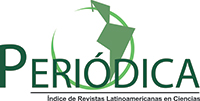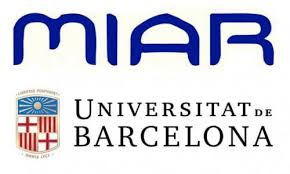Evaluation of the penetration of chlorides in concrete elements in the city of Pelotas / RS
DOI:
https://doi.org/10.21041/ra.v8i2.266Keywords:
conservation, concrete structures, chlorides, natural test, prediction modelsAbstract
This research aims to verify the compatibility of an existing predictive model of life with the penetration of chlorides in exposed concrete elements in the city of Pelotas / RS. To this end, the samples were exposed at different locations in the city for a period of 16 months and silver nitrate solution was applied to determine the depth of the chlorides. The Bob model (1996) was used for comparison and analysis of the results. Significant values of chloride were found in the elements and a great potential of the model applied when describing the behavior of the depth of chlorides over time, despite the differences found.
Downloads
References
Andrade, J. J. O. (2001), “Contribuição a previsão da vida útil das estruturas de concreto armado atacadas pela corrosão de armaduras: Iniciação por cloretos”. Tese de Doutorado em engenharia, Universidade Federal do Rio Grande do Sul, Porto Alegre, p.277.
Associação Brasileira de Normas Técnicas (2007). NBR 5739: Concreto – Ensaio de compressão de corpos-de-prova cilíndricos. Rio de Janeiro.
Associação Brasileira de Normas Técnicas (2014). NBR 6118: Projeto e execução de obras de concreto armado – Procedimento. Rio de Janeiro.
Bertolini, L. (2010) “Materiais de construção: patologia, reabilitação, prevenção”. Tradução Leda Maria Marques Dias Beck, São Paulo, Oficina de Textos, p.414.
Bob, C. (1996), “Probabilistic assessment of reinforcement corrosion in existing structures”. In: International conference: concrete repair, rehabilitation and protection. Proceedings, Dundee, pp.17-28.
Carmona, T. G. (2005), “Modelos de previsão da despassivação das armaduras em estruturas de concreto sujeitas à carbonatação”. Dissertação de Mestrado em engenharia, Universidade de São Paulo, São Paulo, p.103.
Estação Agroclimatológica de Pelotas. “Boletim Agroclimatológico”. Disponível em <http://agromet.cpact.embrapa.br/estacao/boletim.php> Acessado em: 15.jan.2016.
Gentil, V. (2003), “Corrosão”,Rio de Janeiro, LTC, p.341.
Helene, P. (1997) “Introdução da durabilidade no projeto das estruturas de concreto”. Ambiente Construído, São Paulo, v.1, n.2, pp.47-57.
Norma Técnica Fondonorma (2012). NTF 4015 –Concreto. Durabilidad. Santiago de Léon de Caracas.
Real, L. V., et al. (2015), “Método colorimétrico por aspersão de nitrato de prata para avaliação da penetração de cloretos em concreto: estado da arte”. Revista Alconpat, v.5, nº2, pp.149 – 159. DOI: http://dx.doi.org/10.21041/ra.v5i2.84
Santos, F. S., et al. (2012), “Estudo das características físico - químicas da água do Canal Prolongamento da Av. Bento Gonçalves – Pelotas – RS”. In: Congresso norte nordeste de pesquisa e inovação. Anais. Palmas.
Silva, F. G. S. (2006),“Estudo de concretos de alto desempenho frente à ação de cloretos”. Tese de Doutorado em Ciência e Engenharia dos Materiais, Universidade de São Paulo, São Carlos, p.236.
Souza, M. F. (2015), “Qualidade da água do canal São Gonçalo RS/Brasil – uma avaliação hidroquímica e considerando seus usos múltiplos”. Dissertação de Mestrado em recursos hídricos, Universidade Federal de Pelotas, Pelotas, p.105.
Souza, V., Ripper, T. (2009), “Patologia, recuperação e reforço de estruturas de concreto”, São Paulo, Pini, p.255.
Vieira, F. M. P. (2013), “Contribuição ao estudo da corrosão de armaduras em concretos com adição de sílica ativa”. Tese de Doutorado em engenharia, Universidade Federal do Rio Grande do Sul, Porto Alegre, p.242.
Published
How to Cite
Issue
Section
License
_______________________________
License in effect from September 2020
You are free to:
- Share — copy and redistribute the material in any medium or format for any purpose, even commercially.
- Adapt — remix, transform, and build upon the material for any purpose, even commercially.
- The licensor cannot revoke these freedoms as long as you follow the license terms.
Under the following terms:
- Attribution — You must give appropriate credit , provide a link to the license, and indicate if changes were made . You may do so in any reasonable manner, but not in any way that suggests the licensor endorses you or your use.
- No additional restrictions — You may not apply legal terms or technological measures that legally restrict others from doing anything the license permits.
Notices:
You do not have to comply with the license for elements of the material in the public domain or where your use is permitted by an applicable exception or limitation .
No warranties are given. The license may not give you all of the permissions necessary for your intended use. For example, other rights such as publicity, privacy, or moral rights may limit how you use the material.

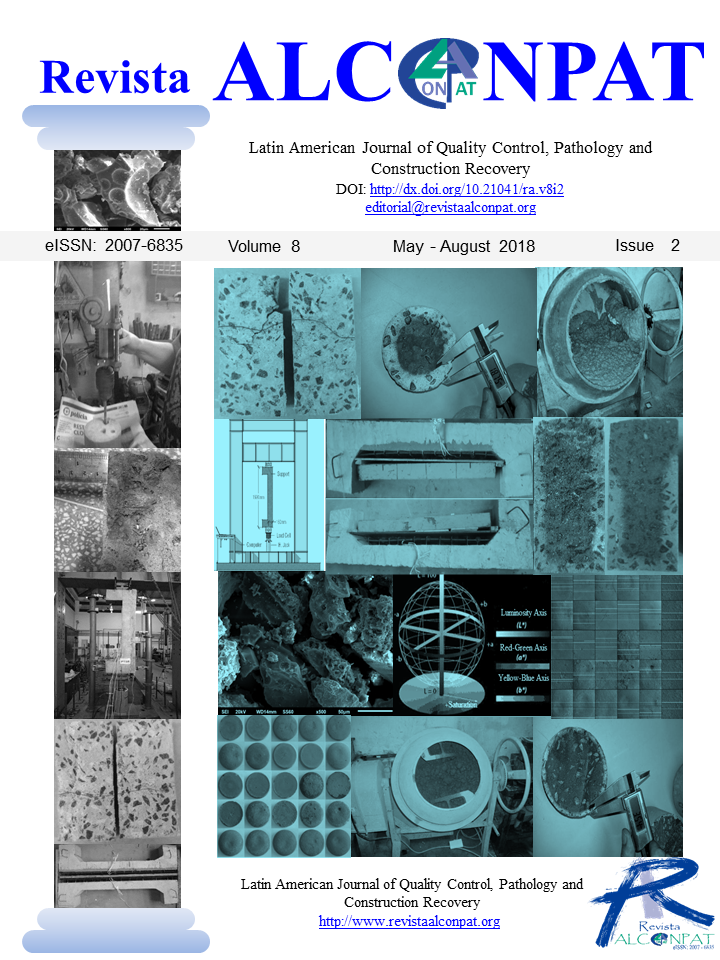













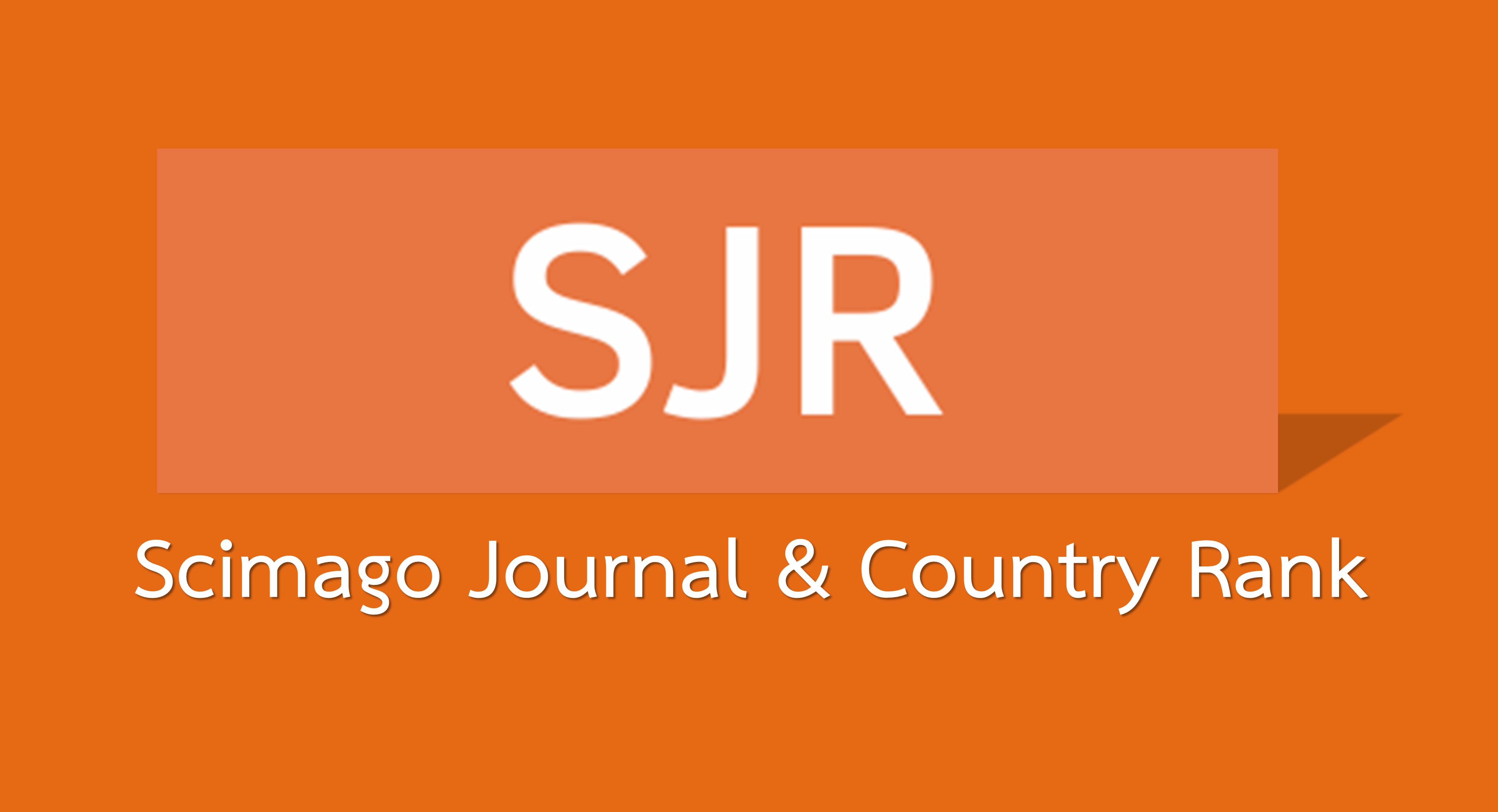




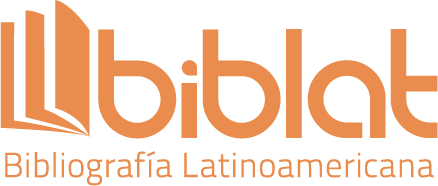
.png)

